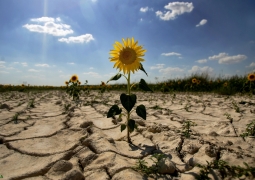
The climate on the planet is changing. It is changing quite rapidly. This is global warming. There is no escape from it. The phenomenon affects all countries in the world, and Kazakhstan is no exception. Thus, according to the latest data of the large-scale international scientific research conducted by the World Bank, in ten years, by 2030, the reduction of 37% of grain production is predicted in the republic. By 2050, these figures may decrease by 49%. This means that taking into account the current production of grain in Kazakhstan, which is 20 million tons, the loss could reach 7 million tons. And the main reason is climate change. Annual temperature increase from 2020 to 2039 is expected by 1.7-1.9 degrees Celsius, and from 2040 to 2059 - by 2.4-3.1 degrees Celsius, by the end of the century - by 3-6 degrees Celsius. In addition, according to the same researches, the key grain-sowing regions of Kazakhstan will be most affected by these changes. This is what will lead to a reduction in grain production. For example, in Northern Kazakhstan the reduction of production of the main crop by the middle of the century is predicted from 52 to 66%, in Akmola region - to 58-77%, and in Kostanay region - to 51-63%. However, is everything so clearly negative? Experts say that not everything is as disastrous as it may seem at first glance. A lot depends on the farmers themselves, or rather, on how quickly they can adapt to these conditions. Here, the main thing is the departure from traditional agricultural crops. In our case, it is wheat. The alternative to it is sunflower. Experts predict that by 2030, under changing climatic conditions, yields could reach 102-109% of the current figures.
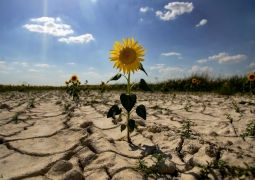
Photo by matritca.kz
Agro meteorological forecasting
How can Kazakhstan's farmers be prepared for climate change? It is simple - forewarned is forearmed. Here it is necessary to have all agro-meteorological data, highly accurate forecasts and extensive analytical information. In Kazakhstan, RSE Kazhydromet can provide all this to local agricultural producers. The whole agrometeorological network is created under the main meteorological service of the country. This institution conducts observations in 203 observation points, including 115 weather stations, 72 agro-meteorological posts and 16 automatic posts. Specialists monitor the growth and development of agricultural crops, various sowings on pastures and a whole range of different types of scientific research. The data obtained in this way allow to make forecasts of spring and winter wheat yields, productive moisture reserves in soil before spring field work, as well as various analytical documents to reference agrometeorological conditions. Today, Kazhydrometcenter is already a pilot project for agrarians of three regions, and this is 85 farms, which operate on the sown areas from 12 to more than 43 thousand hectares. Meteorological specialists provide them with space monitoring data on agricultural land. The main task of the project is to minimize the negative effects of weather phenomena and timely detect crop areas damaged by diseases and pests.
How to avoid the negative effects of global warming?
In addition, the international organizations help Kazakhstan agrarians to avoid the negative consequences of the global warming. Plus the latest innovative developments in the field of agro-meteorology. An active work in this direction in Kazakhstan began several years ago. Thus, in 2016 in Kazakhstan, one of the first countries of the Commonwealth of Independent States launched a unique project - a geo-portal for monitoring and analysis of drought and dry processes in the territory of the Republic of Kazakhstan using data from satellite and ground monitoring, remote sensing of the Earth and geo-information systems. This portal is the result of the work of three structures at once. Moreover, two of them are international. This is a global network of UN - the United Nations Development Program (UNDP) and the American Agency for International Cooperation (USAID).








































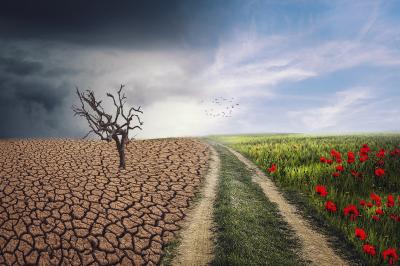
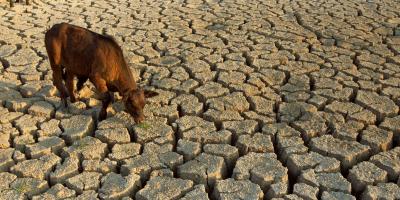
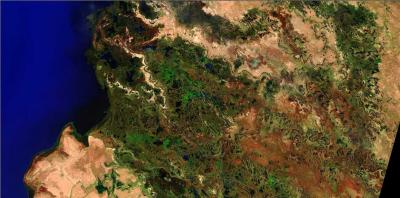
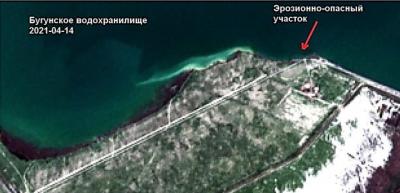

Обсуждение